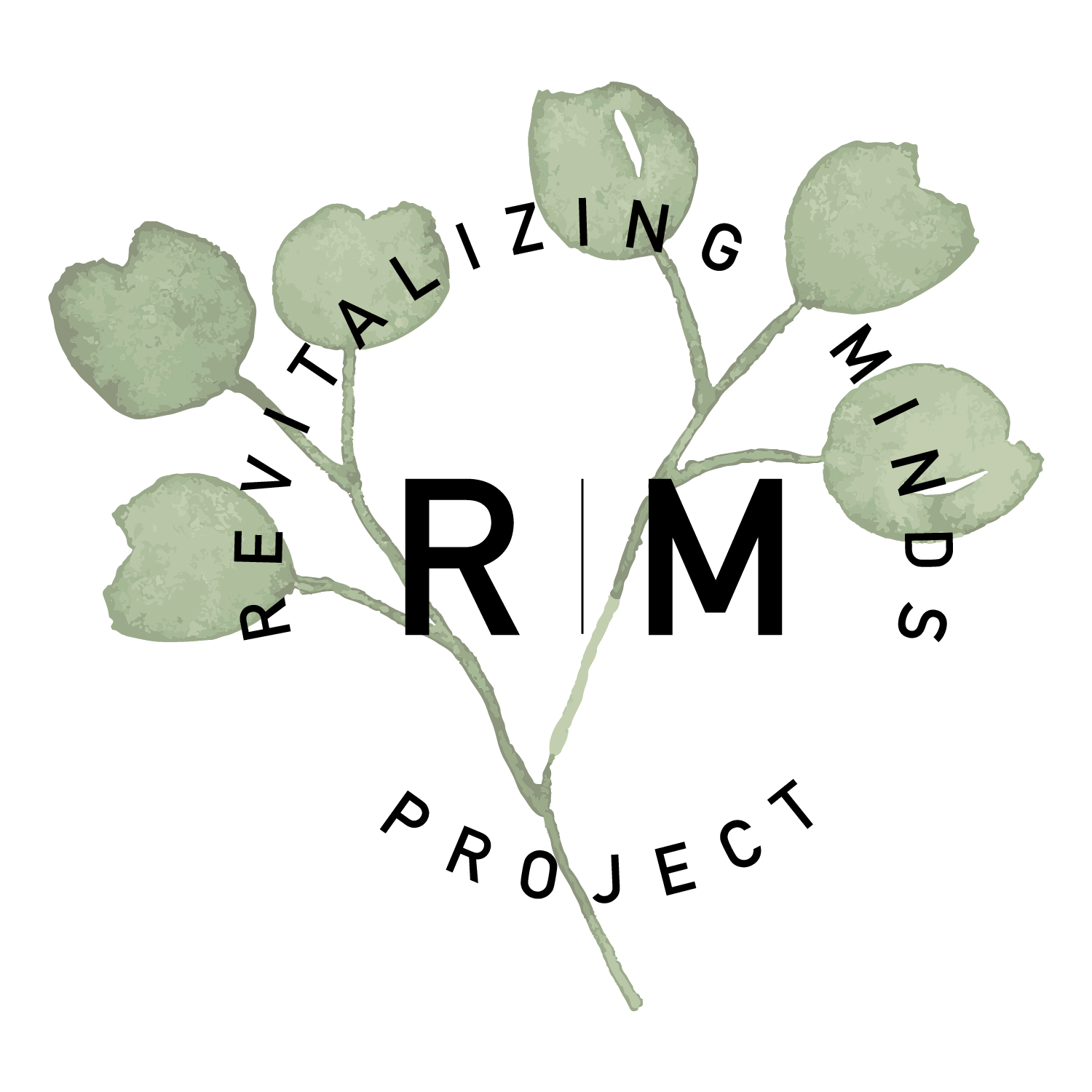What Does It Mean To Release Trauma Stored in the Body?
Trauma is not just an emotional experience. It is an ingrained physiological response that can become trapped in the body. Many people assume that once a traumatic event has passed, its effects fade away with time. And that the psychological effects will diminish. However, trauma often embeds itself within our muscles, nervous system, and subconscious mind. Leading to chronic stress, anxiety, and physical ailments. Understanding what it means to release trauma stored in the body is essential for achieving holistic healing and restoring a sense of well-being.
How Trauma Becomes Stored in the Body
The human body is evolutionarily designed to respond to threats through the fight, flight, or freeze response. When a traumatic event occurs, the nervous system activates to protect the individual. If the body is unable to complete the cycle of responding to or escaping from the threat, the unprocessed energy of the trauma can become lodged within the body. This can manifest in various ways. Including muscle tension, chronic pain, digestive issues, headaches, and heightened emotional responses. Trauma storage in the body is particularly evident in cases of post-traumatic stress disorder where individuals may experience flashbacks, intrusive thoughts, and heightened sensitivity to stress. Even for those without PTSD, unprocessed trauma can linger in subtle ways, affecting emotional regulation and physical health.
The Connection Between Trauma and the Nervous System
Our nervous system plays a huge role in how we process and store trauma. The autonomic nervous system consists of the sympathetic and parasympathetic branches. These branches regulate our responses to stress and relaxation. When trauma is stored in the body, the nervous system can become disordered and dysfunctional. This disruption of the nervous system often leads to individuals feeling perpetually on edge or even emotionally numb.
The dysregulation of the nervous system can have numerous undesirable effects. These effects include chronic fatigue, anxiety, panic attacks, difficulty focusing, sleep disturbances, and gastrointestinal discomfort. Releasing trauma from the body involves working with the nervous system to bring it back into balance. This process of balancing requires intentional practices that allow the body to feel safe, relaxed, and open to processing stored emotional energy.
Methods for Releasing Stored Trauma
Releasing this trauma requires a combination of mental, emotional, and physical techniques. These techniques encourage the body to let go of trapped stress responses.
Somatic Therapy
Somatic therapy is a therapeutic approach that focuses on reconnecting with bodily sensations to process unresolved trauma. By bringing awareness to areas of tension and discomfort, individuals can complete the fight-or-flight cycle. The completion of the cycle helps restore a sense of safety in their bodies. This technique emphasizes slow and intentional movement, deep breathing, and grounding exercises.
Art Therapy
Art therapy offers a powerful way to release trauma without relying solely on verbal communication. Engaging in activities such as painting, dance, music, or journaling can all be effective therapeutic activities. These activities can help individuals access and process emotions stored in the body. Artistic expression provides a safe and expressive outlet for emotional release and personal growth.
Breathwork
Breathwork and meditation help regulate the nervous system and bring a sense of calm to the body. Deep breathing exercises, such as diaphragmatic breathing allow individuals to release physical tension and bring awareness to stored emotions. Meditation practices focused on mindfulness and body scanning can also help individuals reconnect with their bodies in a nonjudgmental way.
Movement and Bodywork
Movement-based practices such as yoga, tai chi, and dance therapy promote body awareness, flexibility, and emotional expression. Trauma can become lodged in the body's muscles and tissues, making physical movement an essential component of healing. Movement-based healing allows the body to naturally discharge trapped energy and restore a sense of ease. Therapeutic touch and bodywork is another tool that can be used. This includes activities such as massage therapy and acupuncture. These activities can help release trauma stored in the muscles and nervous system. These modalities promote relaxation and encourage the body to let go of tension patterns associated with past experiences. Engaging in therapeutic touch naturally nourishes a sense of safety and trust within the body.
The Importance of a Holistic Approach to Trauma Healing
It’s important to remember that releasing trauma is not about erasing the past. It is about integrating past experiences in a way that allows individuals to move forward with strength and compassion. A holistic approach to trauma healing addresses the mind, body, and spirit. Ensuring that all aspects of an individual’s well-being are considered. Healing is a deeply personal journey, and finding the right combination individualized of therapeutic techniques is essential for long-term recovery.
Support Through Revitalizing Minds Projects
At Revitalizing Minds Projects, we understand the profound impact trauma can have on the body and mind. Our mission is to provide individuals with creative art therapy and holistic wellness practices. We use these practices to promote healing, self-expression, and resilience. We believe in a personalized approach, tailoring therapy sessions to meet the unique needs of each individual. Our process begins with a free 15-minute consultation, where we discuss your goals and how our approach can support your healing journey. From there, we develop an individualized plan that integrates creative expression, somatic practices, and holistic wellness techniques to help you release trauma stored in the body. Healing is possible, and you do not have to navigate it alone. Contact Revitalizing Minds Projects today to begin your journey toward emotional and physical well-being!
